Discover the incredible creatures that live in British waters and along the shoreline with our guide to coastal wildlife.
Basking shark
The length and weight of a double decker bus, the basking shark is the world’s second largest fish. It has hundreds of teeth – but they are tiny, and almost entirely harmless, because the basking shark eats is plankton.
Look for these gentle giants between late May late October off Britain’s west coast, especially Skye, Mull, the Isle of Man, Devon, Cornwall and Scilly.
Guide to basking sharks: facts about the species and where to see them in the UK
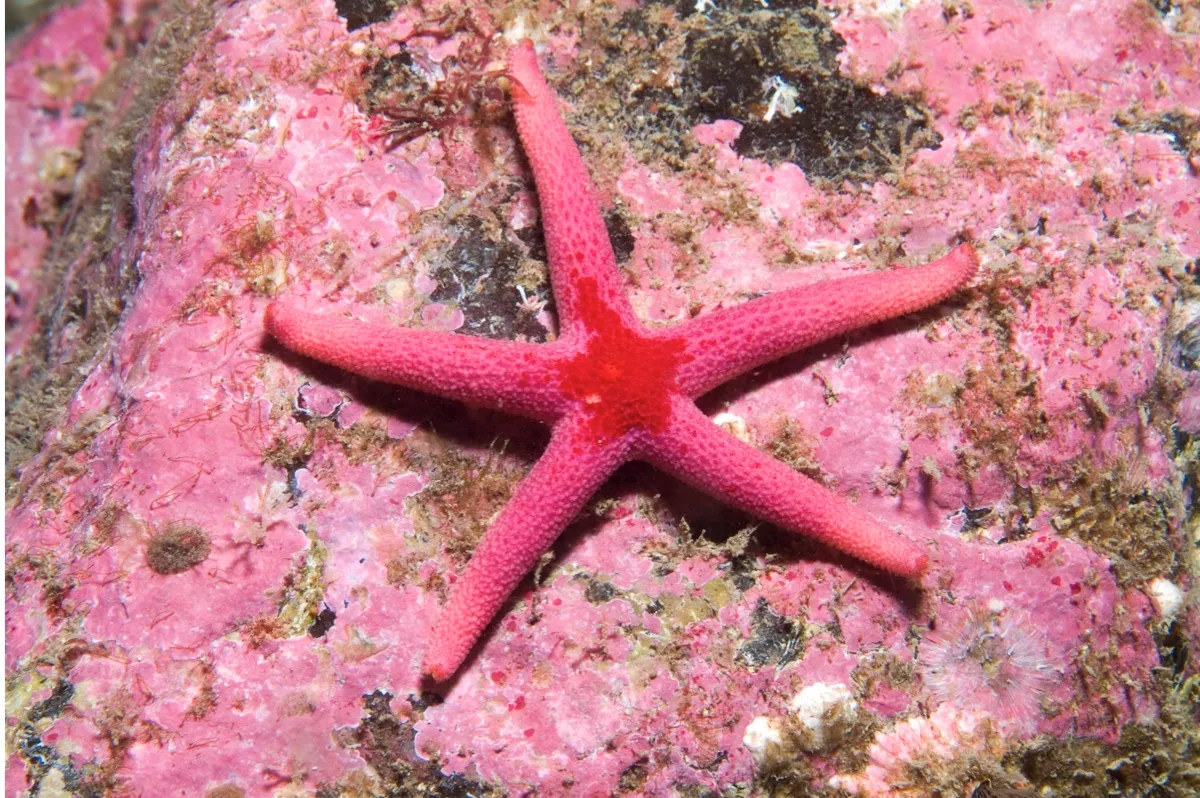
Bloody Henry starfish
Most starfish are voracious predators – guzzling up everything from worms and molluscs to rotting seaweed. But not the Bloody Henry, which feeds mainly on plankton. It comes in a variety of colours, including yellow, purple and a rather less startling brown.
Look for on rocky shores from southeast England to the west coast of Britain and all around Scotland.
Four more starfish species to spot around the UK
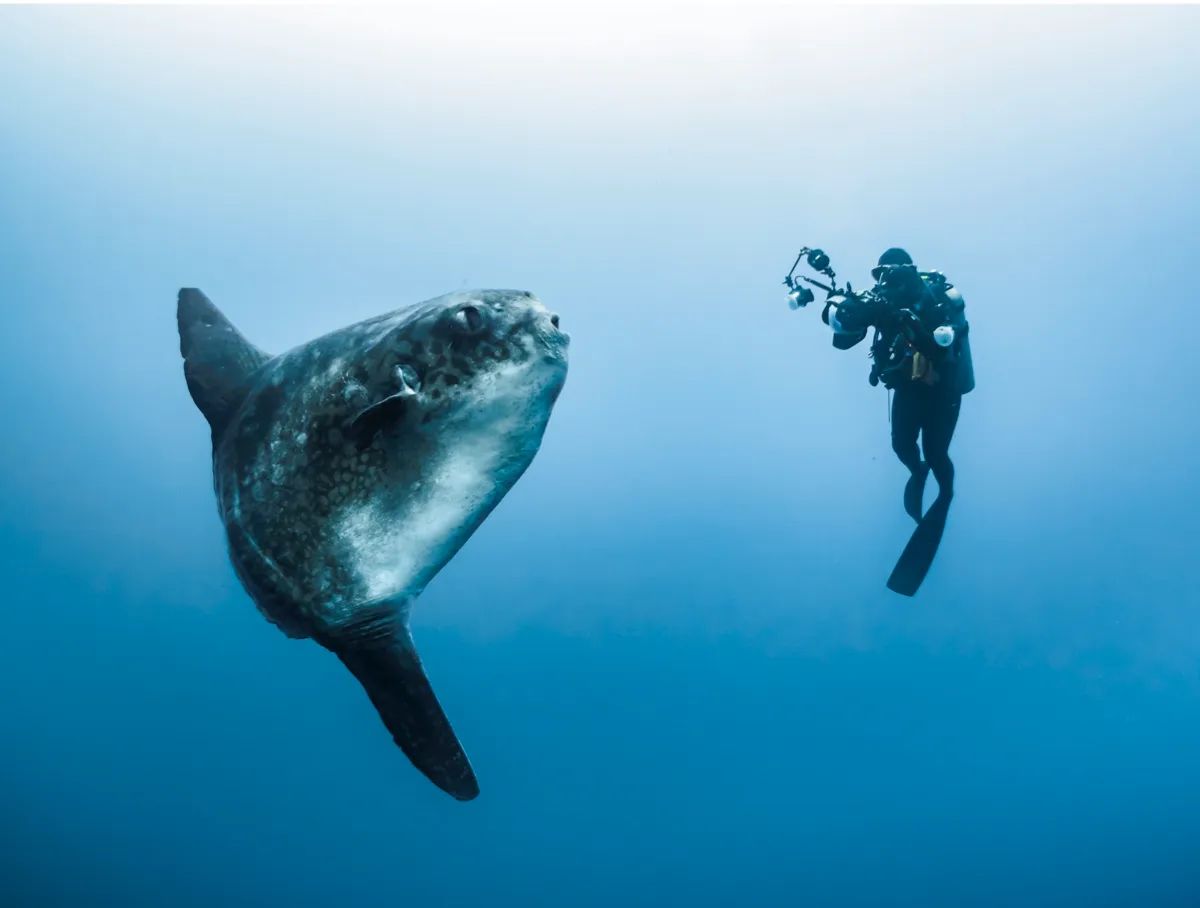
Sunfish
The world’s largest bony fish may grow up to 3m long and reach a weight of up to 1,000kg – that’s the weight of 12 men. (Some sharks are even bigger – but they don’t have bones. Their skeletons are made of cartilage.) If you see one, it will likely be much smaller: the record UK catch is 22kg. But no less spectacularly weird. Look out for sunfish basking on their sides, just beneath the surface.
Look for around the south and west of the British Isles.

Lion’s mane jellyfish
The world’s largest known species of jellyfish bristles with long tentacles – 500 or more – that pack a powerful sting. It is reaches a size of around 50cm across in British waters, but grows even bigger in warmer climes – up to 2m across, with tentacles up to 40m long.
LOOK FOR along Britain’s west coast, off the Shetland Islands and England’s northeastern waters, where specimens turn up sporadically.
• Learn more about jellyfish species in the UK – and what to do if you are stung

Orca
One of the fastest sea mammals, reaching speeds of up to 34mph, orcas are one of the most efficient predators in the ocean. Also known as killer whales, they are the largest member of the dolphin family.
LOOK FOR off Shetland, on a guided whale-watching boat trip. Or you may be lucky and see them elsewhere off the Scottish coast.

Cuckoo wrasse
The gorgeous cuckoo wrasse has one rare quality – all are born female, but some, astonishingly, change sex after six years or so. (The first episode of Blue Planet II featured the cuckoo wrasse's cousin, the Asian sheepshead wrasse, which also undergoes a gender reassignment on maturity).
Look for while snorkelling in relatively shallow water around the UK coast.
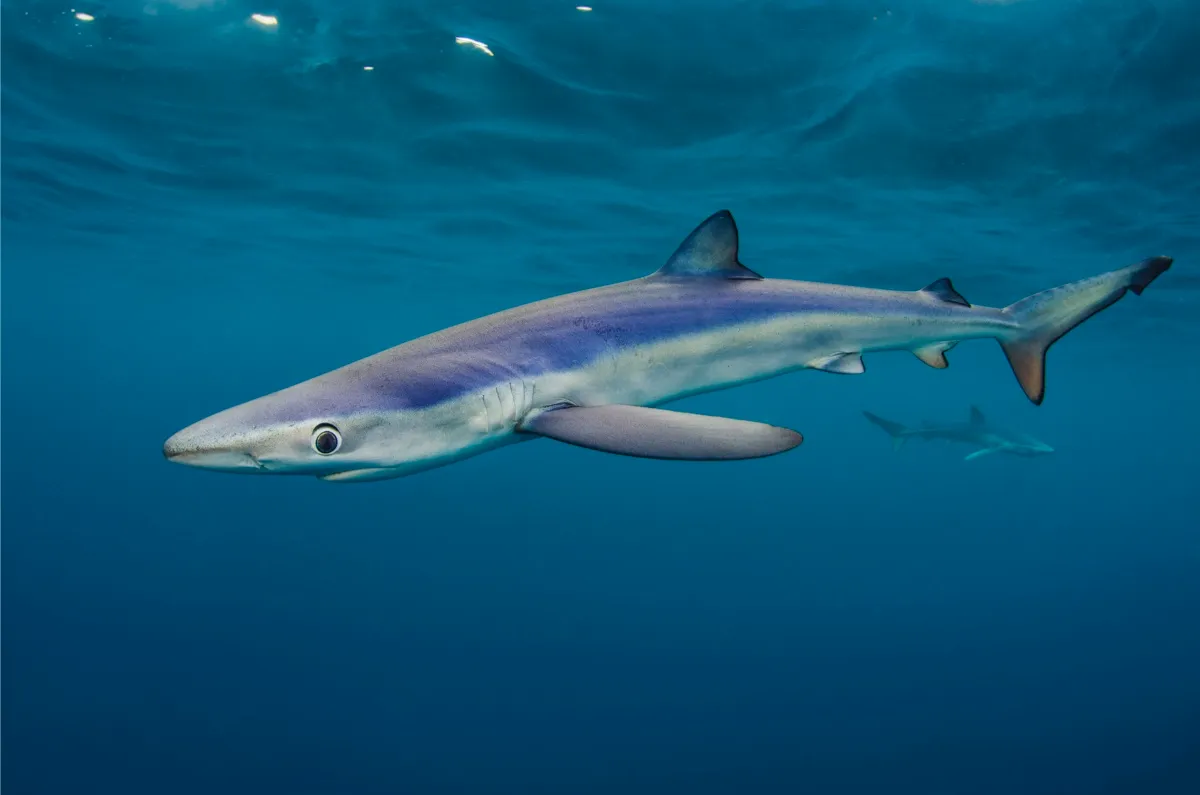
Blue shark
These nomads are known to travel distances of up to 3,400km around the world. In UK waters they are typically 6ft to 8ft long, and weigh up to 150lb, although a 265lb whopper was caught this summer (2017) off Penzance. He four Essex anglers who caught the fish released it afterwards.
Look for off the south west of England, where the slightly warmer water is thought to appeal to them.
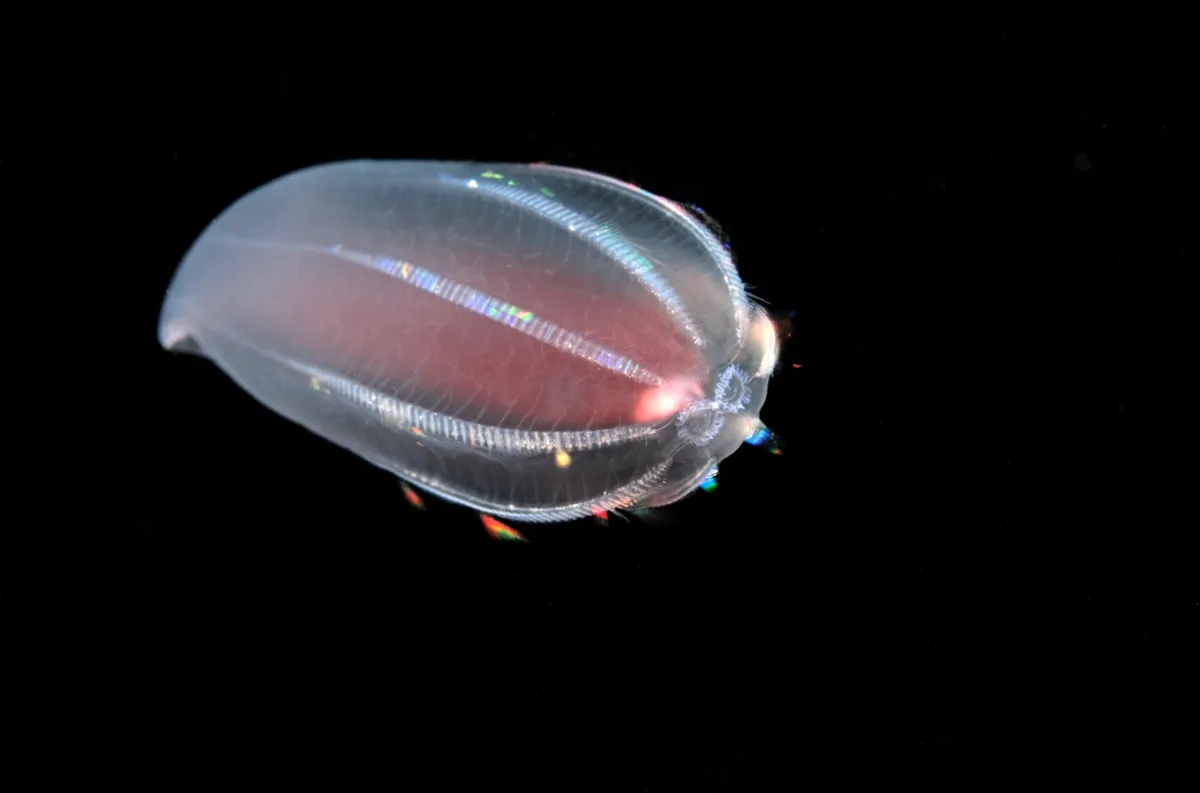
Comb jellyfish
This transparent jelly, Beroe cucumis, uses eight phosphorescent combs to swim; it feeds on other comb jelly species, swallowing them whole with its large mouth.
Look for off the west coast of Britain, and the northern coast of Scotland.
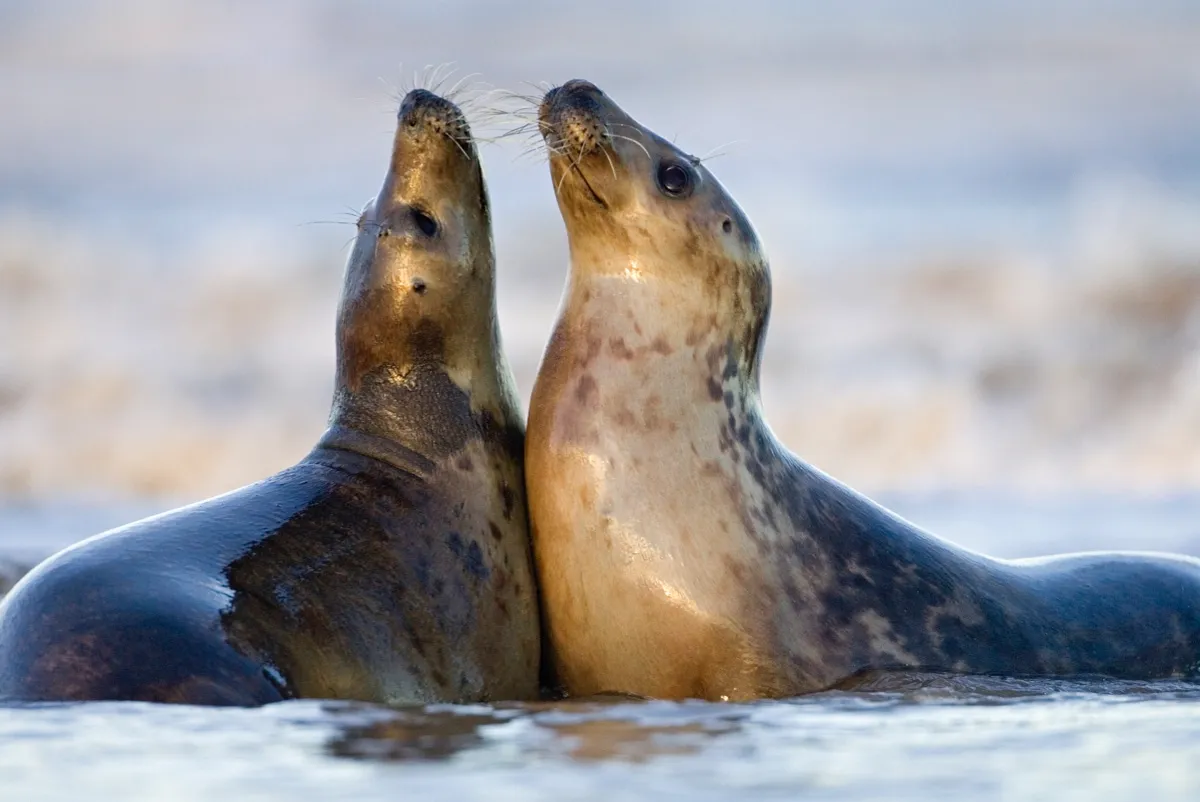
Grey seal
These tough mammals can dive to a depth of 300m, slowing their heart rate to fewer than 10 beats per minute, which helps them to stay underwater longer. Bulls may weigh up to 300kg.
Look for known breeding spots in Northumberland, Lincolnshire and the Orkney Islands.
Britain’s best seal watching spots and how to avoid disturbing the colony
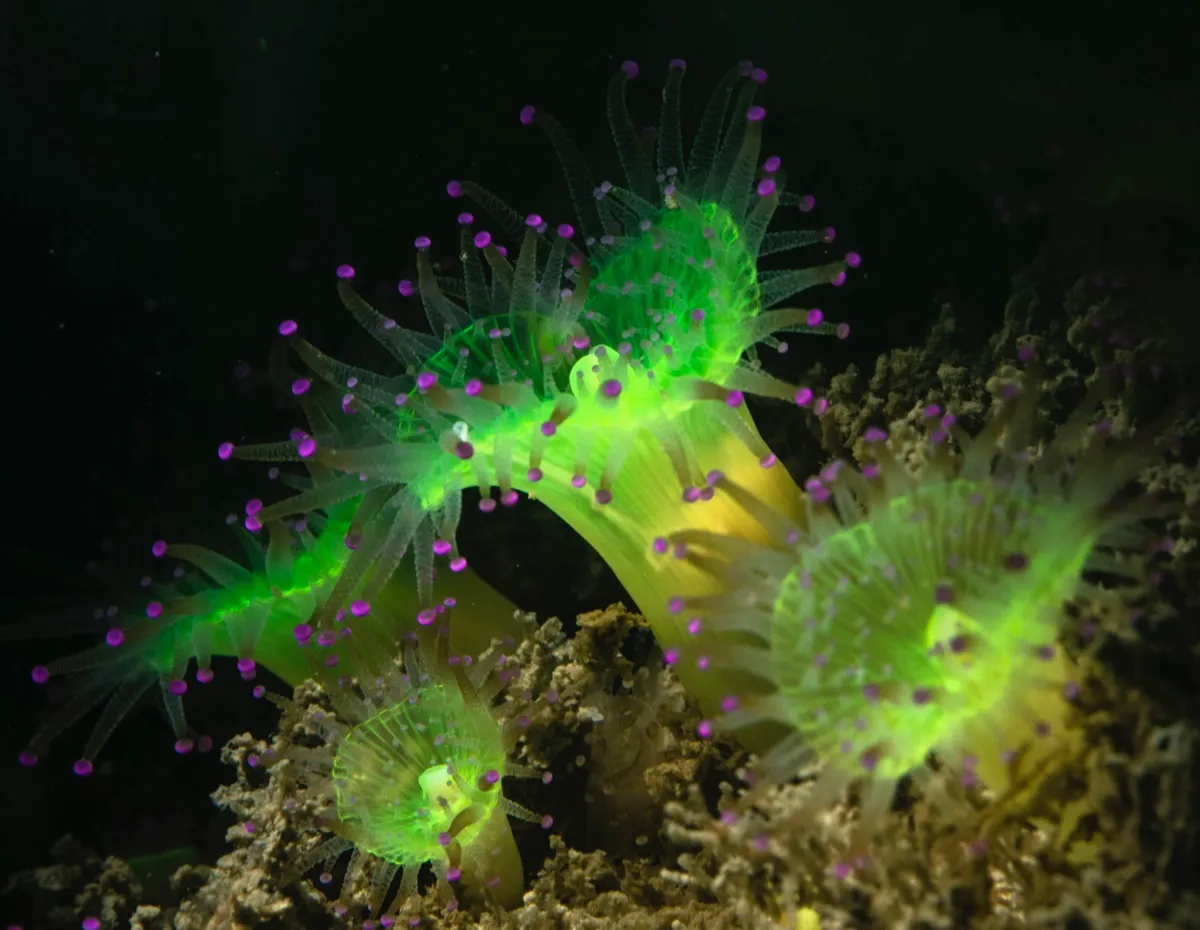
Jewel anemone
Looking like exotic flowers, these creatures often live in huge colonies. The reproduce by splitting in half.
Look for in rockpools around the south and west coasts of Britain.
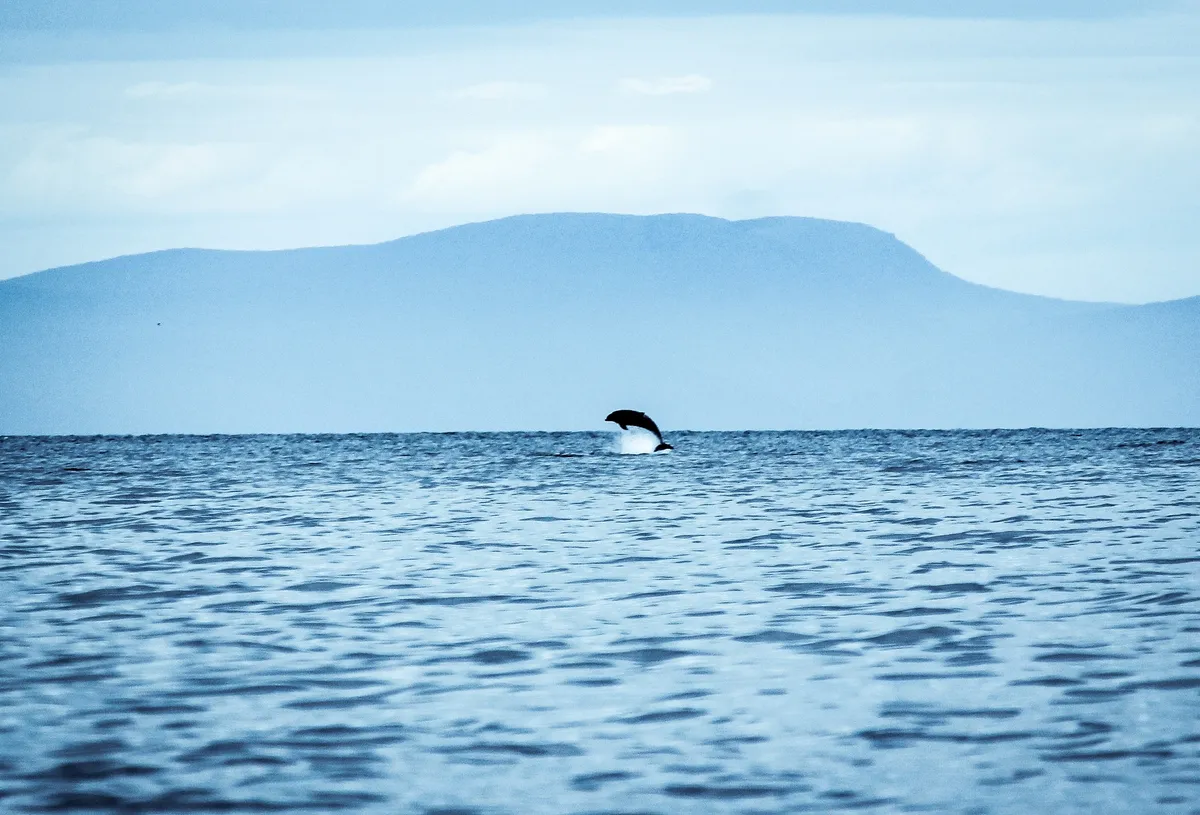
Bottlenose dolphin
The dolphin is the only mammal that gives birth to its baby tail-first. Even after they reach adulthood, the young tend to stay with their mothers. A bit like students.
Look for at Cardigan Bay and the Moray Firth
Guide to Britain’s dolphins, porpoise and whales: how to identify and best places to to see
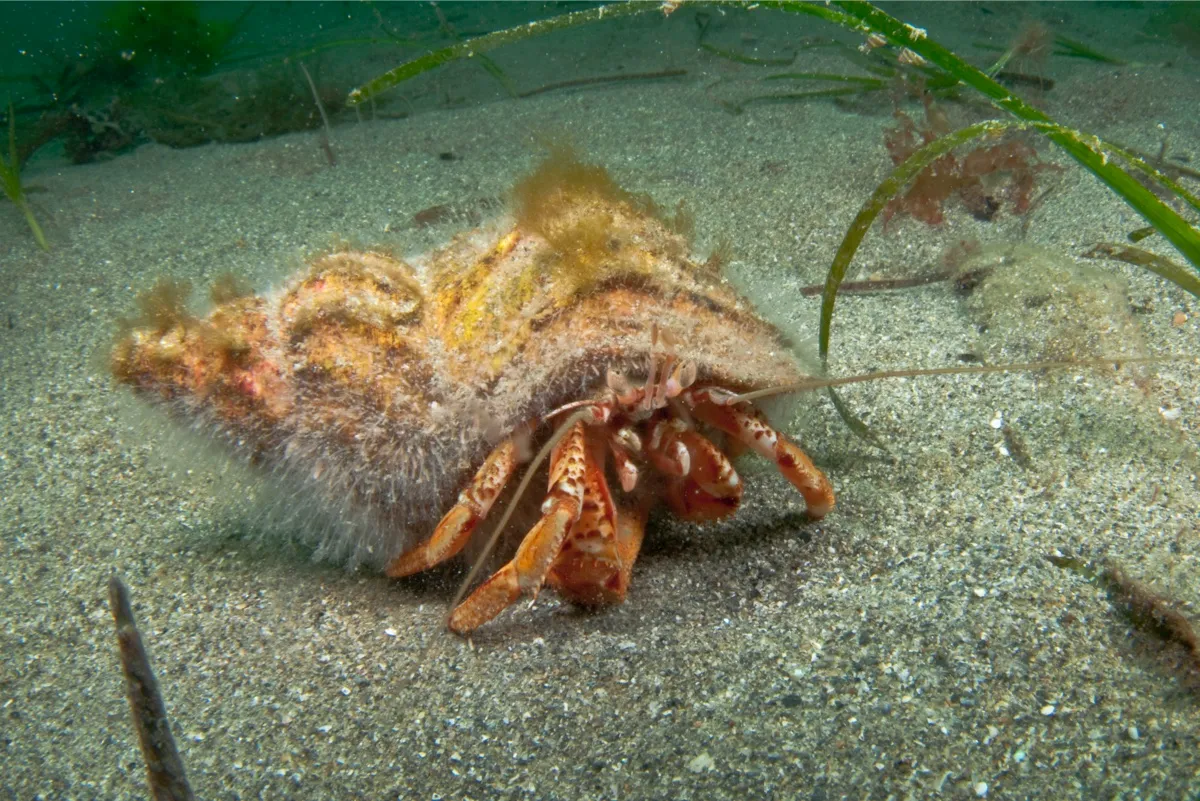
Hermit crab
Take up residence in empty shells, discarding their home when they outgrow it. This sometimes triggers a chain reaction as other cramped crabs rush to upgrade.
LOOK FOR in rockpools around the British coast, where they are pretty easy to find.
• What to spot in rockpools

Minke whale
These awesome mammals reach a length of 10m or so, an extraordinary sight when witnessed close at hand.
Look for on a whalewatching boat trip off Whitby in Yorkshire, or Mull in the Inner Hebrides.

